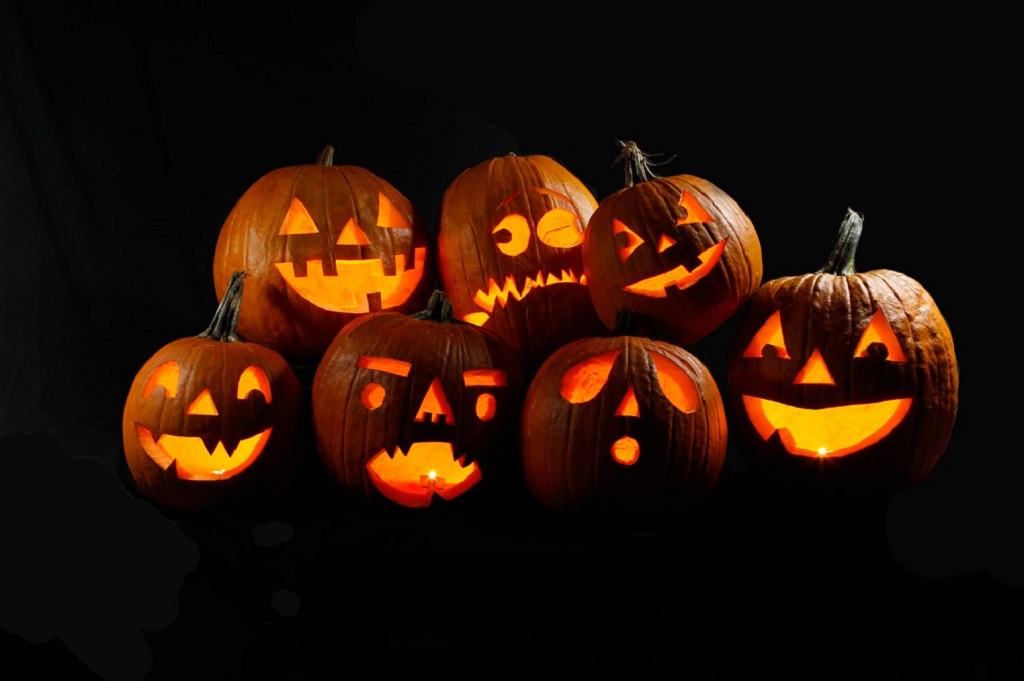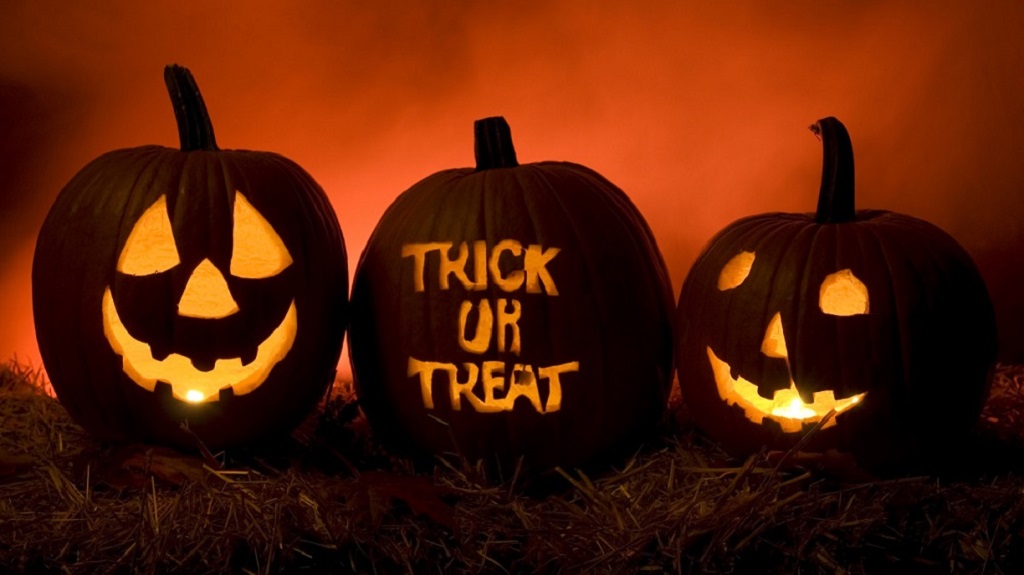Halloween 2021 – What is the history of Halloween
We all know Halloween is celebrated every year on October 31st, but do you know why? Let’s find out the history of Halloween with us here at Cheap Graphic Tees.
Contents
History of Halloween
The origins of Halloween can be traced back to the ancient Celtic feast of Samhain (pronounced sow-in). On November 1, the Celts, who lived 2,000 years ago in what is now Ireland, the United Kingdom, and northern France, celebrated their new year.
This day signified the end of summer and harvest, as well as the start of the dark, frigid winter, which was usually connected with human death. Celts thought that during the night before the New Year’s Day, the line between the living and the dead blurred. They celebrated Samhain on October 31st, when it was thought that the spirits of the dead returned to earth.


Apart from causing havoc and destroying crops, Celts believed that the presence of otherworldly spirits made it easier for Druids, or Celtic priests, to make future forecasts. These forecasts were a source of consolation for a people who were completely reliant on the turbulent natural environment during the long, dark winter.
Druids erected massive sacred bonfires to celebrate the festival, where people came to burn crops and animals as sacrifices to the Celtic gods. The Celts dressed up in animal heads and skins and attempted to tell each other’s fortunes during the festival.
They re-lit their hearth fires, which had been extinguished earlier that evening, from the sacred bonfire after the festival was done to help protect them over the approaching winter.
Roman intervention
The Roman Empire had captured the majority of Celtic land by 43 A.D. During the 400 years that they governed the Celtic kingdoms, two Roman celebrations were mixed with the customary Celtic Samhain celebration.
The first was Feralia, a day in late October when Romans honored the deaths of their ancestors. Pomona, the Roman goddess of fruit and trees, was honored on the second day. The apple is Pomona’s symbol, and the fact that it was included into Samhain possibly explains the modern-day Halloween tradition of bobbing for apples.


All Saints’ Day
Pope Boniface IV dedicated the Pantheon in Rome to all Christian martyrs on May 13, 609 A.D., and the Catholic feast of All Martyrs Day was instituted in the Western church. Later, Pope Gregory III broadened the event to include all saints and martyrs, and shifted the date from May 13 to November 1.
By the 9th century, Christianity had expanded throughout Celtic territories, eventually blending with and displacing ancient Celtic ceremonies. The church declared November 2nd, 1000 A.D., to be All Souls’ Day, a day to honor the dead. Today, it’s largely assumed that the church was aiming to replace the Celtic celebration of the dead with a church-approved event.
All Souls’ Day was observed in the same way as Samhain, with large bonfires, parades, and people dressed up as saints, angels, and demons. The festival of All Saints’ Day was also known as All-hallows or All-hallowmas (from Middle English Alholowmesse, which means All Saints’ Day), and the night before it, Samhain in Celtic religion, became known as All-Hallows Eve and, eventually, Halloween.
How did Halloween come to America?
Because of the strict Protestant theological systems in colonial New England, the celebration of Halloween was severely constrained. In Maryland and the southern colonies, Halloween was far more popular.


As the beliefs and rituals of various European ethnic groups and American Indians collided, a uniquely American version of Halloween arose. “Play parties,” which were public activities meant to celebrate the harvest, were among the first celebrations. Neighbors would tell each other ghost stories, tell fortunes, dance, and sing.
The telling of ghost stories and various forms of mischief-making were also part of the Colonial Halloween celebrations. Annual autumn celebrations were prevalent by the middle of the nineteenth century, but Halloween was not yet widely observed.
America was overwhelmed with new immigrants in the second part of the nineteenth century. These newcomers, particularly the millions of Irish escaping the Irish Potato Famine, helped to promote Halloween across the country.




